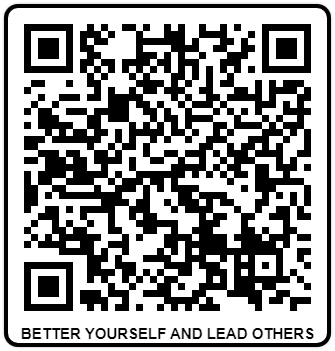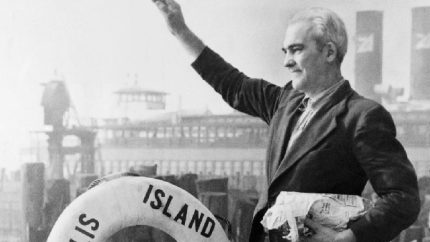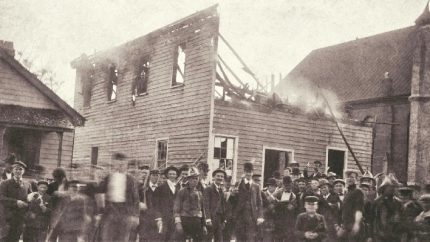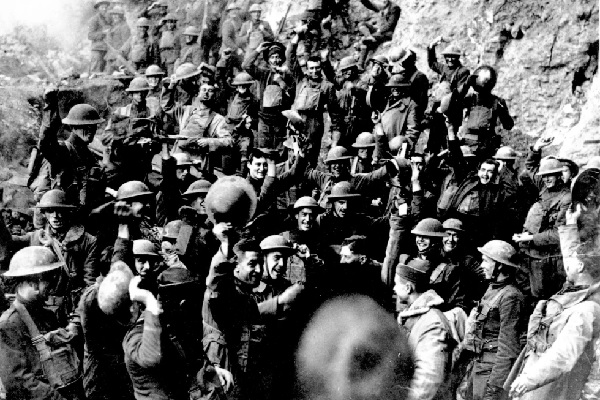
On November 11, 1918, World War I hostilities officially ceased when the Allies and Germany signed an armistice in a historic railway car in the Forest of Compiègne, northern France. This marked the end of a conflict that had cost over 16 million lives, reshaping Europe’s political landscape and leading to the formation of the League of Nations. The armistice’s influence extended worldwide, and November 11 later became known as Armistice Day, commemorating peace and the sacrifices made by millions.
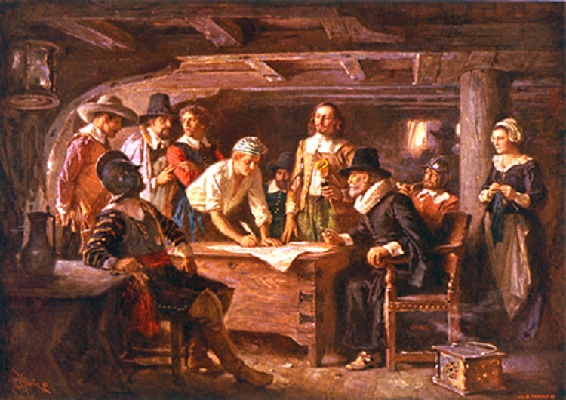
On this same date in 1620, aboard the Mayflower anchored off the coast of Massachusetts, 41 Pilgrims signed the Mayflower Compact, establishing one of the earliest frameworks for self-governance in the New World. With the words “civil body politick,” the Compact aimed to unify the settlers and ensure cooperation in their new settlement. This agreement laid the groundwork for democratic principles that would eventually underpin the governance of the United States.
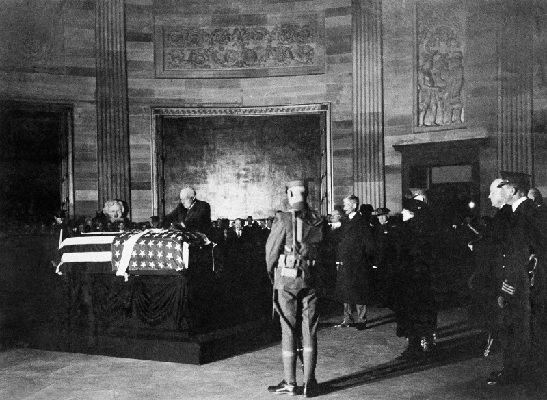
In 1921, the remains of an unidentified American soldier were enshrined in the Tomb of the Unknown Soldier at Arlington National Cemetery. President Warren G. Harding presided over the ceremony, honoring the countless sacrifices made during World War I. This symbolic grave represents all unidentified fallen soldiers, establishing a revered site where Americans can honor those who served and sacrificed without recognition.
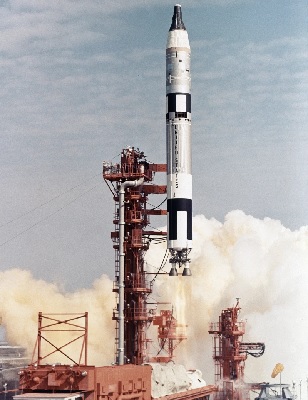
Then, in 1966, NASA launched Gemini 12, the final crewed mission of the Gemini program, with astronauts James A. Lovell and Edwin “Buzz” Aldrin Jr. on board. This mission’s success set a new standard for space travel, proving that astronauts could perform complex tasks in space and paving the way for future Apollo missions to the Moon. The Gemini program’s advancements became fundamental to America’s space exploration and set the stage for NASA’s greatest achievements.



